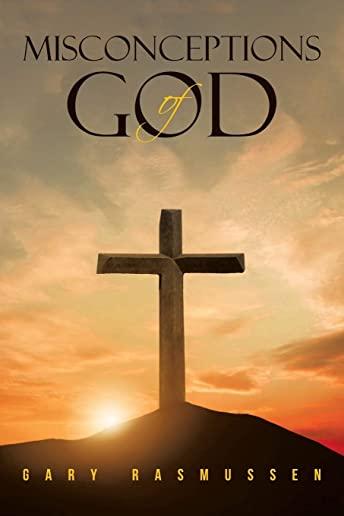
description
0The Learning to Study the Bible Student Journal explains the basics of biblical criticism in a fun, age-appropriate way, and allows tweens to practice their Bible study skills through individual activities and reflection. They'll explore the wonders of biblical geography and archaeology. They'll compare and contrast biblical genres. They'll learn the history of biblical interpretation, and discover that they are Bible interpreters too! The journal can be used in a group or family setting, or individually. Session Outline and Learning Goals: Who? Author and Audience Spark curiosity about the authors and original audiences of the Bible Introduce and use Bible dictionaries and commentaries Sharpen deductive reasoning skills in biblical interpretation What? Genre Introduce and explore biblical genres Learn to use Bible commentaries and apps to identify possible genres of texts Explore the significance of genre for biblical interpretation When? Context Investigate the connection between context and meaning Spark curiosity about biblical and modern cultural contexts Use Bible dictionaries, commentaries, and handbooks to research biblical context Where? Geography Spark curiosity about the biblical landscape Prompt reflection on the relationship between land and daily life Use biblical maps and archaeological research to explore biblical geography Why? Interpretation Create awareness of interpretive lenses and layers Spark curiosity about our own and others' interpretive lenses Use a concordance and various translations to compare meanings How? Read Closely Cultivate appreciation for the way our ancestors preserved the biblical text Practice reading carefully and paying attention Discover the four meanings of Scripture and practice interpreting them How? Reread Create awareness of our own role in making meaning Prompt reflection on the nature of Scripture as the "living word of God" Practice the ancient tradition of divine reading How? Read Together Create awareness of the diversity of voices within the canon Inspire students to enter into the centuries-long biblical conversation Practice reading the Bible inter-canonically
member goods
No member items were found under this heading.
Return Policy
All sales are final
Shipping
No special shipping considerations available.
Shipping fees determined at checkout.







